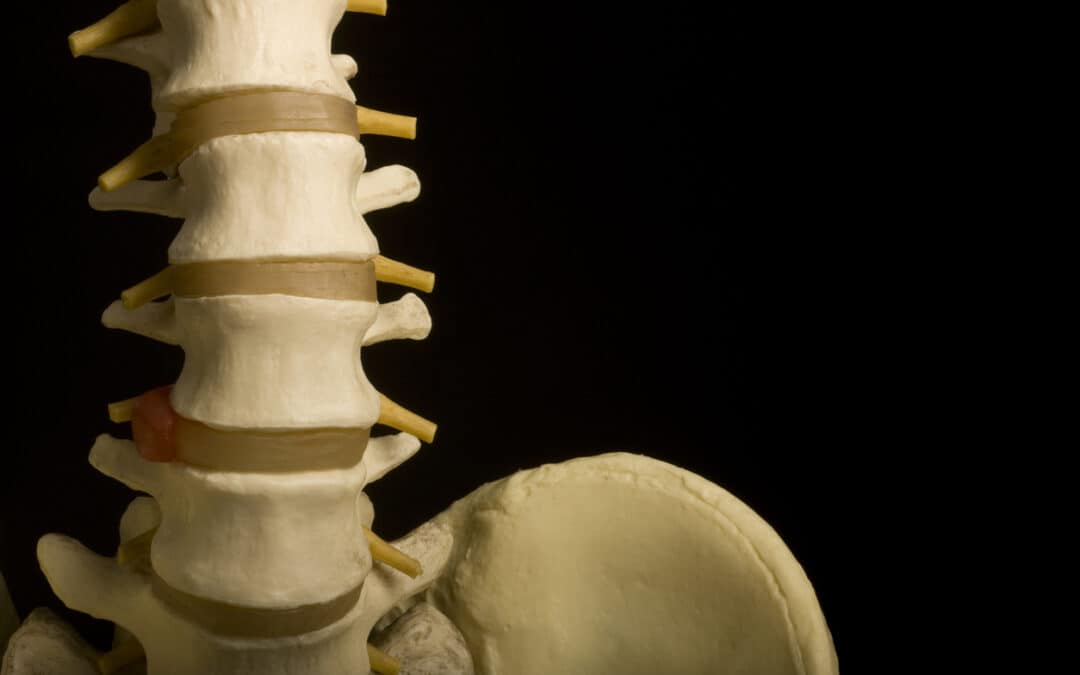Facet joints are small joints that connect the bones of the spine called vertebrae. They come in pairs on each side of the vertebral bones. They allow for motion of the spine like bending and twisting. The orientation of the facet joint dictates the direction of the motion it allows.
There are various causes of pain coming from the facet joint. Similar to the joints in your arms and legs, the facet joints are prone to wear and tear. They can develop degenerative changes or joint osteoarthritis. This is a common condition in older people. The capsule surrounding the facet joint, which is made of ligaments and connective tissue, can be overstretched creating a sprain injury. Autoimmune or Inflammatory conditions like rheumatoid arthritis can also affect the facet joints by causing inflammation and deterioration.
Pain in the facet joints are typically felt in the local region of the affected joint segmetns. The pain can be felt close to the midline in the neck, upper back, mid-back or low back. Sometimes the pain is referred to the head, shoulder blade, shoulder, thigh or buttock. Stiffness, grinding in the joints (crepitus) and muscle spasm are other symptoms associated with facet joint disorders.
The standard treatment for facet joint pain include a course of physical therapy, non-steroidal anti-inflammatory medications, pain relieving medications, and home exercise program. When conservative measures fail, injection therapy to the facet joints or to the nerves leading to the facet joints can be helpful.
What is a Facet Joint Injection?
Facet joint injection is a minimally invasive procedure that is performed in an outpatient medical clinic. Local anesthesia is typically used in the procedure. There is no need for sedation in most cases. The procedure is performed under fluoroscopic (live digital x-ray) guidance. The typical substances that are injected to the facet joint are steroid medication to decrease inflammation and local anesthesia to provide immediate pain relief. The effects of these medications can provide temporary pain relief that typically last for 3-4 months.
Another injection that can provide pain relief does not involve injection to the joint, rather it involves the injection of numbing agents to the pain transmitting nerves (medial branch) called a nerve block. If this procedure results to a positive reponse, another procedure called Radiofrequency Ablation (RFA) can be performed. This involves inducing a heat lesion to the medial branches to prevent transmission of pain signals to the brain.
The use of Orthobiologics is an alternative treatment to facet joint conditions. Although the research on these treatments for spinal conditions is relatively new, it has the potential to improve arthritis and provide long term pain relief.
Risks Associated with the Facet Joint Injection Procedure
Facet joint injections are relatively safe with minimal risks. Risks associated with this procedure may include:
- Discomfort at the Injection Site: These effects are temporary and typically resolve in a few hours.
- Adverse reaction to medications: Some of the medications used in the procedure can cause adverse reaction in susceptible individuals. It is important to review your medications with your physician prior to the procedure. Severe allergic reactions are rare.
- Bleeding: Patients who are taking blood thinners or have a bleeding disorder are at risk for bleeding when undergoing an injection procedure. Blood thinners are typically stopped for 3-5 days prior to the procedure, with the permission of your primary doctor, to avoid this risk.
- Infection: Infection is rare when the procedure is performed under strict sterile protocols and proper procedure technique.
Sources:
https://www.ncbi.nlm.nih.gov/pmc/articles/PMC1905869/
